An automotive connector is a crucial component that enables the transmission of electrical or communication signals within a vehicle. It consists of a plug or socket terminal mounted inside a protective sheath, and it ensures reliable connections through wire attachments. Typically, an automotive connector includes a terminal (either male or female), a sheath, and various accessories such as clips or retainers. The secure retention of the terminal in the sheath is achieved through the mechanical mating between the terminal and the housing.
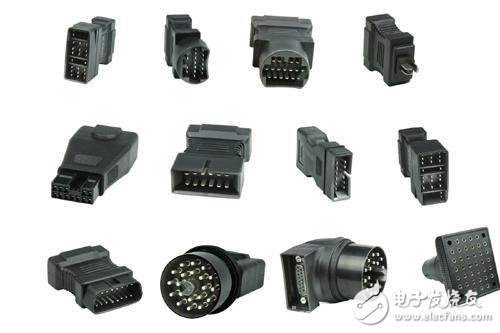
Basic Structure of Automotive Connectors
Automotive connectors are composed of four fundamental parts that work together to ensure reliable performance:
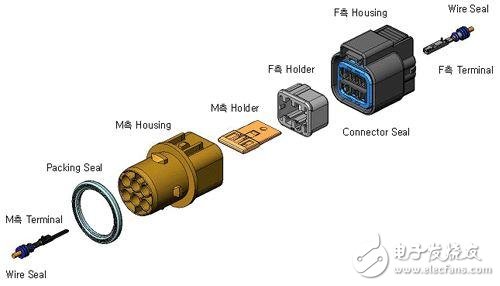
- Contact: This is the core element responsible for establishing the electrical connection. A contact pair typically consists of a male and a female contact. The male contact is usually a rigid pin made of materials like brass or phosphor bronze, while the female contact (jack) uses an elastic structure to create a tight connection when mated with the male pin. Common types include cylindrical, tuning fork, cantilever beam, folded, box-shaped, and double-curved designs.
- Shell: Also known as the housing, the shell provides mechanical protection for internal components, ensures proper alignment during mating, and secures the connector to the device. It is often made from durable plastics or metals.
- Insulator: This part, also called the base or mounting plate, holds the contacts in place and insulates them from each other and the housing. Insulating materials must offer good dielectric strength, thermal resistance, and ease of manufacturing.
- Accessories: These include structural elements like collars, guide pins, and seals, as well as installation components such as screws and nuts. Most accessories are standardized and widely available.
These four components collectively enable automotive connectors to function reliably, acting as essential links in a vehicle’s electrical system.
Design Standards for Automotive Connectors
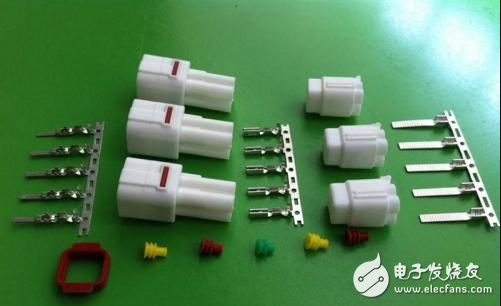
With the rapid advancement of the automotive industry, especially in the direction of intelligence and refinement, the design and materials of automotive connectors have become more demanding. Automotive connectors must meet strict standards such as USCAR-20, which outlines key requirements for reliability throughout the product's lifecycle. These include:
- Stable and reliable contact materials
- Consistent contact force
- Stable voltage and current levels
- Operation within specified temperature ranges (-40°C to 120°C)
- High robustness and durability
- Compatibility with high-speed communication systems
- Insertion force not exceeding 20.5 kg
- Retention force of at least 2.5 kg
Such standards ensure that connectors can operate reliably under harsh conditions, supporting the growing complexity of modern vehicles.
Trends in the Automotive Connector Market
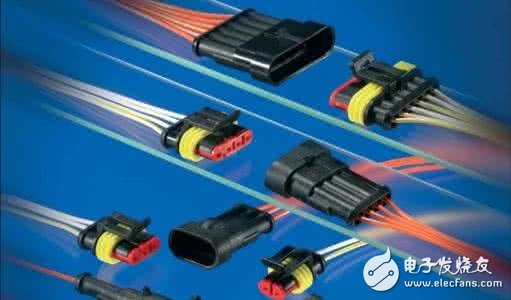
The global automotive connector market accounts for approximately 15% of the total connector industry, and its share is expected to grow significantly due to increasing demand for automotive electronics. In China, the average cost per car for connectors is around $125–$150, and this number is projected to rise as vehicles become more electrified. Future cars may use up to 1,000 connectors, far exceeding current numbers.
China is becoming a key player in the automotive connector industry, with both domestic and international manufacturers expanding their presence. As local demand grows, and with the advantages of localized production and lower costs, more foreign companies are setting up factories in China to serve the auto industry. This trend is creating a highly competitive environment for both foreign and domestic firms.
Challenges in the Chinese Automotive Connector Market
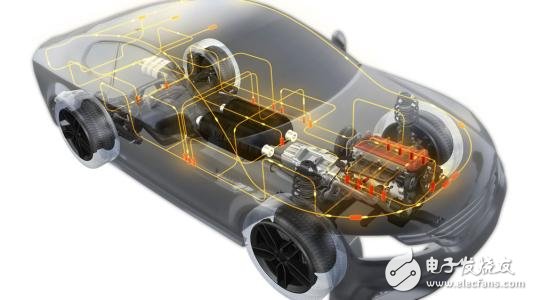
Weak Service and Market Awareness: Many domestic companies lack strong online presence and customer service. Some have poorly maintained websites, while others respond slowly to inquiries. Others are reluctant to handle small orders, which limits their competitiveness.
Lack of Design Participation and Intellectual Property: Due to the dominance of foreign brands, many Chinese connector manufacturers struggle to participate in the early stages of vehicle design. This leads to limited innovation and a lack of independent intellectual property. As a result, some companies resort to imitation, leading to passive matching rather than active development.
Addressing these challenges will be crucial for the long-term growth and sustainability of China’s automotive connector industry.
Diamond Saw Blade Labeling Machine
Diamond Saw Blade Labeling Machine,Saw Blade Labeling Machine,Labeling Machine For Saw Blade,Customized Labeling Machine
Suzhou Mountain Industrial Control Equipment Co., Ltd , https://www.szmountain.com
